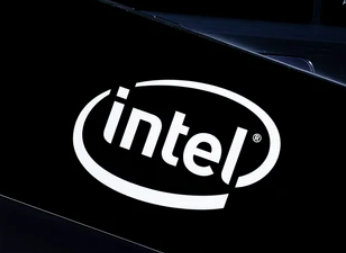
Haiden Holmes
Oct 28, 2022 15:05

Chipmaker Intel Corp (NASDAQ:INTC) on Thursday decreased its full-year profit and revenue expectations and warned of layoffs, while a stronger-than-expected performance in its personal computers sector contributed to a rise in the stock price.
During after-hours trading, Intel's stock price increased by over 5 percent. They have plummeted over 47% so far this year, underperforming the S&P 500 index and the Philadelphia SE Semiconductor index by a wide margin.
Pat Gelsinger, the company's chief executive officer, stated that the reduced expectation for the fourth quarter reflected economic uncertainty that is expected to continue into the following year, and that the company was taking time to ramp up sales into data centers, which fell 27% in the third quarter.
Additionally, Intel lowered its planned capital expenditures for the current fiscal year from $27 billion to $25 billion.
When asked about prospective layoffs, Gelsinger told Reuters that a plan to decrease expenses will involve "people measures." In 2023, Intel plans to lower expenses by $3 billion.
"The proportion of our overall cost structure that corresponds to people-related expenses is small," Gelsinger told Reuters, adding that adjustments to flexible workforces can be made "very fast."
He claimed that the changes would be implemented in the fourth quarter but did not specify the number of workers affected.
End of 2020, Intel had 110,600 people, just before Gelsinger assumed control. This has increased to 131,500 as of the beginning of October this year.
Significant for Intel, the future of the PC and data center businesses has been clouded by macroeconomic challenges.
An analyst at Summit Insights Group, Kinngai Chan, observed that Intel's "PC Client category was the silver lining as sequential sales climbed, giving investors hope that share erosion has calmed significantly."
The revenue of Intel's client computing sector, which is responsible for PC sales, climbed from $7.7 billion to $8.1 billion in the third quarter.
Chan remarked, "Next year, we anticipate its data center market share loss to moderate."
Amazon (NASDAQ:AMZN) reported Thursday profits that fell short of analyst expectations. AWS, the cloud division of the firm, reported a 28% increase in revenue to $20.5 billion. AWS and other cloud service providers are essential for the revenue growth of semiconductor makers, such as Intel.
In the third quarter, Gelsinger announced that Intel lost market share in the data center industry for the third consecutive quarter.
"Our goods were not shipping new stuff like Sapphire Rapids, but now that they are in full production and we're aggressively ramping them, we're better positioned going forward than ever before," he told Reuters, adding that the ramp-up would take many quarters.
He added, however, that Intel's market share in the PC segment climbed "substantially" during the third quarter.
Inflationary pressures have impeded the market for computers and other electronic gadgets, prompting electronics manufacturers to cancel orders for components such as chips as they strive to liquidate their stockpiles.
According to estimates from Counterpoint Research, third-quarter PC shipments declined by 15.5%. Intel anticipated a mid- to high-teens decline in the PC market in 2022.
Gelsinger predicted, though, that Intel's total addressable market - the market it seeks - would reach 270-295 million devices in 2023.
The company now expects yearly revenue to range between $63 billion and $64 billion in 2022, as opposed to the earlier estimate of $65 billion to $68 billion. Its initial estimate was approximately $76 billion. According to data from Refinitiv, analysts predicted yearly revenue of $65,26 billion on average.
Intel reduced their adjusted earnings per share forecast for the entire year from $2.20 to $1.95.

Oct 27, 2022 11:55
